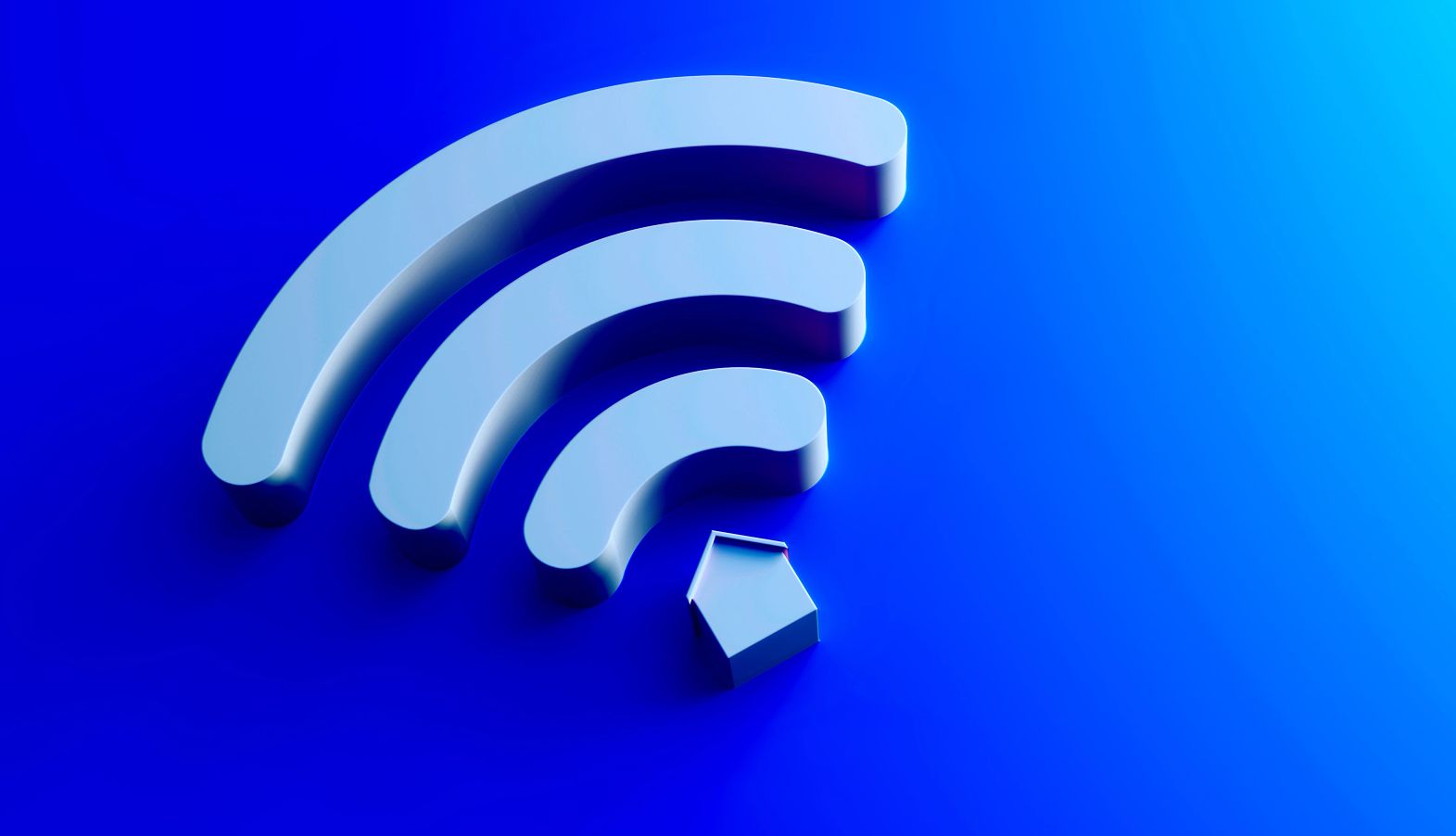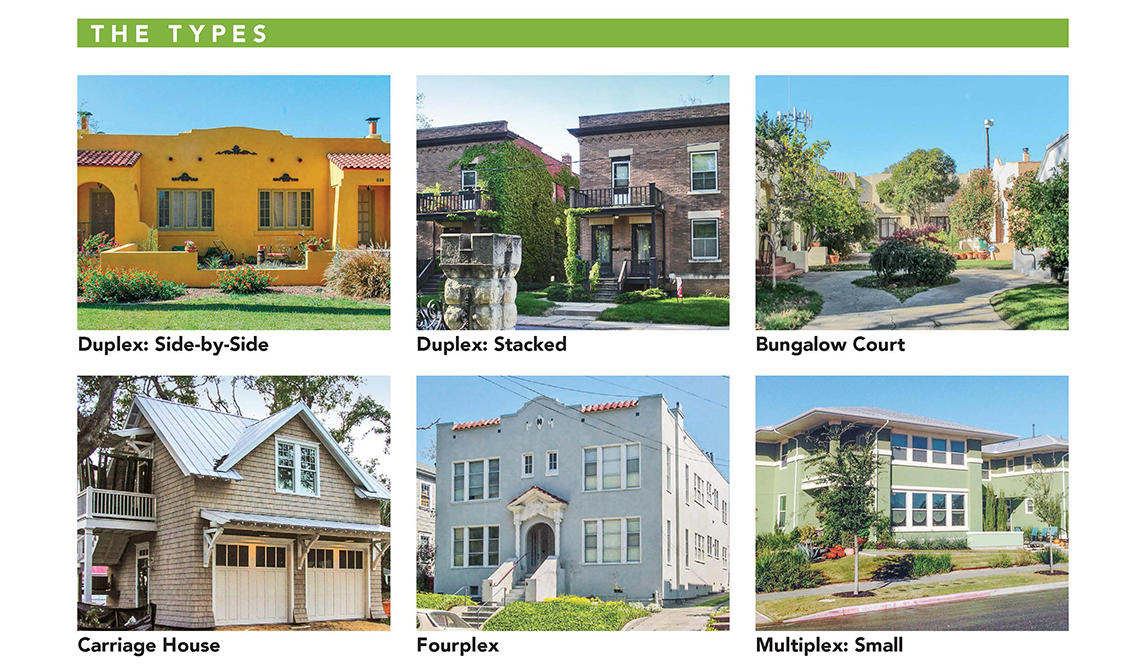
- Select a language for the TTS:
- UK English Female
- UK English Male
- US English Female
- US English Male
- Australian Female
- Australian Male
- Language selected: (auto detect) - EN
Play all audios:
Money for the nearly 2½-year-old Affordable Connectivity Program has been depleted, and the nationwide initiative to lower the cost of high-speed internet access has little hope of
continuing uninterrupted because of congressional inaction. Nearly 23.3 million households — more than 2 in 5 headed by someone age 50 or older — rely on the latest federal broadband
discounts, which replaced a pandemic-era program that served 14 million fewer households. The ACP is legally alive, but without prospects for a cash infusion, it stopped accepting new
applications and enrollments Feb. 7. “Access to high-speed internet is as important as access to electricity,” Sen. Peter Welch (D-Vt.) said last week to constituents in White River
Junction, Vermont, a village of 2,800 residents on the border with New Hampshire. “If you don’t have the money to connect, it doesn’t do you any good.” Welch introduced a bipartisan bill in
January to add $7 billion to the ACP’s coffers. It has not moved from the Senate Appropriations Committee, and lawmakers leave town Friday to spend the week following Memorial Day in their
home states. FCC SAYS IT’S READY TO DO WHAT CONGRESS DIRECTS Bipartisan compromise legislation filed earlier this month ties $6 billion for the ACP to stipends to replace local phone
companies’ equipment from Chinese manufacturers Huawei and ZTE. But that bill won’t make it to a vote this week either. “If Congress provides additional funding for the ACP, the FCC will
then provide guidance to providers and eligible households,” Federal Communications Commission spokesperson Paloma Perez Christie told AARP. “We stand ready to continue or stand up a
successor program should Congress provide additional funding.” AFFORDABLE BROADBAND Almost 22 percent of households that participated in an FCC survey in December had never had high-speed
internet before the ACP. Another 23 percent had dropped it at some point because of affordability, and 55 percent were using the program to help keep service during the pandemic and ongoing
inflation afterward. The Affordable Connectivity Program also supports another part of the bipartisan infrastructure bill signed into law in 2021, the expansion of high-speed internet to
areas with no internet or slower speeds, Sen. J.D. Vance (R-Ohio) said in a Senate hearing earlier this month. Having an ongoing, guaranteed customer base helps companies pay for service to
areas with rougher terrain and fewer people. “I talked to a number of folks who have invested a lot in rural broadband infrastructure in the state of Ohio who told me straightforwardly they
would not have made that investment if not for the existence of the ACP program,” said Vance, who is a cosponsor of both bills. In November, a bipartisan group of 26 governors sent a
letter to congressional leaders in support of the program. By the beginning of February, about 18 percent of U.S. households were benefiting from the ACP.




